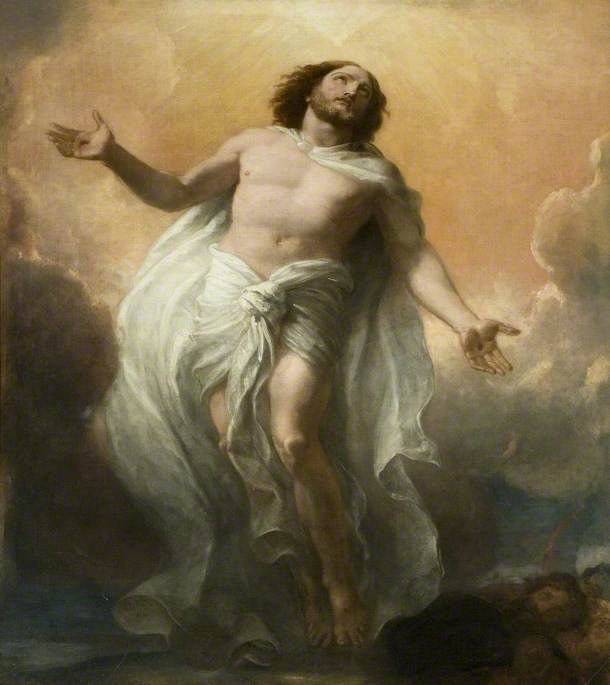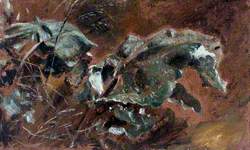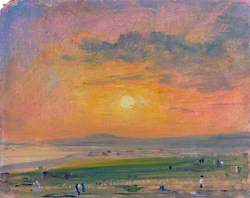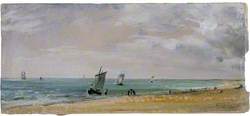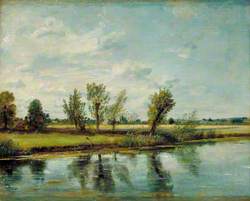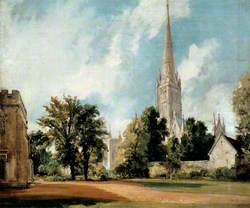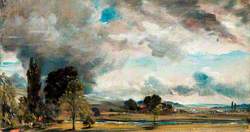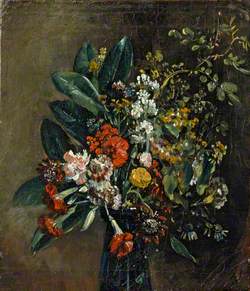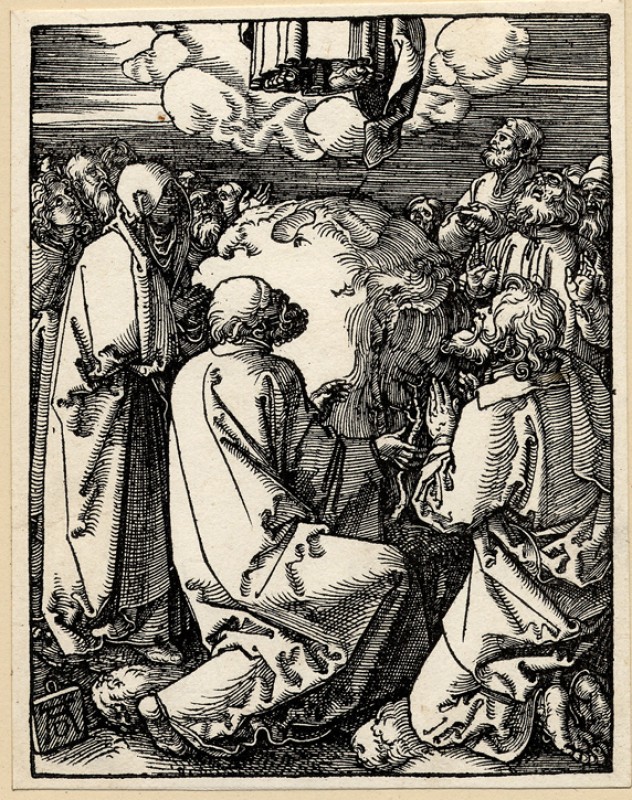How you can use this image
This image can be used for non-commercial research or private study purposes, and other UK exceptions to copyright permitted to users based in the United Kingdom under the Copyright, Designs and Patents Act 1988, as amended and revised. Any other type of use will need to be cleared with the rights holder(s).
Review the copyright credit lines that are located underneath the image, as these indicate who manages the copyright (©) within the artwork, and the photographic rights within the image.
The collection that owns the artwork may have more information on their own website about permitted uses and image licensing options.
Review our guidance pages which explain how you can reuse images, how to credit an image and how to find images in the public domain or with a Creative Commons licence available.
Notes
Add or edit a note on this artwork that only you can see. You can find notes again by going to the ‘Notes’ section of your account.
'The Ascension' is the best of only three religious paintings by John Constable, all of which were commissioned for churches in his native Stour Valley. It was commissioned in 1821, the year that he completed 'The Hay Wain', as an altarpiece for St Michael’s Church, Manningtree. The other two earlier works were painted for the parish churches of Brantham in Suffolk and Nayland in Essex. There is debate as to whether the painting represents the Resurrection or the Ascension. One of Constable’s models would have been a sketch of 'The Resurrection' by Benjamin West, who was in turn influenced by Raphael. He would also have seen the window by Sir Joshua Reynolds depicting the Resurrection in Salisbury Cathedral when visiting his great friend John Fisher.
From the very beginning, the painting had a somewhat chequered career. It was commissioned by Edward Alston, a brewer from Manningtree and Constable’s cousin by marriage, for £200, in order to gain favour with the Archdeacon of Colchester, the Reverend John Jefferson, who was responsible for licencing public houses. Jefferson refused to license Alston’s hostelries and died in December 1821; Alston reneged on the contract at a great loss to Constable. In spite of the financial loss, Constable did complete the painting although the lower half shows less commitment than the upper. It was installed in 1822 in the reredos of the newly built chancel of St Michael’s where it remained until the church was demolished in 1965.
The painting was acquired by Reverend Aubrey Moody for All Saints’, Feering, a village which Constable knew through his friendship with Moody’s predecessor, the Reverend Walter Wren Driffield. The painting stayed at Feering until the PCC were faced with the expense of renewing the heating system. After much heart-searching, the painting was offered to museums in Ipswich and London. They found difficulties, however, in hanging a religious painting beside the fresh immediacy of Constable’s landscapes. Fortunately, the painting failed to find a buyer at auction and the Constable Trust was formed in order to buy it and return it to the area for which it was painted.
The Trustees of The Constable Trust were honoured to be asked to lend 'The Ascension' to the major Constable exhibition in Paris at the end of 2002, but it has reverted to permanent display in Dedham church as the most appropriate setting for this particular painting.
St Mary's Church
Colchester
Title
The Ascension
Date
1821/1822
Medium
oil on canvas
Measurements
H 160 x W 127 cm
Accession number
1
Acquisition method
purchased, 1999
Work type
Painting
